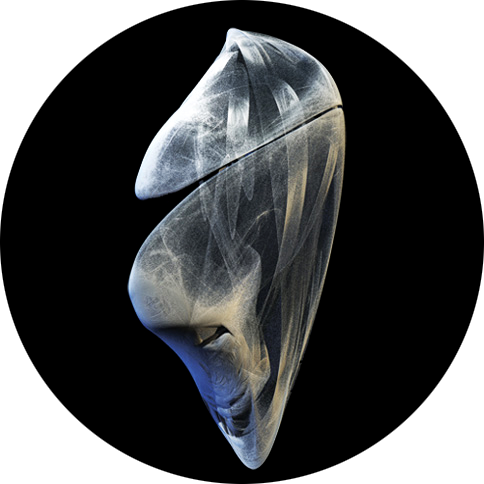

“ARURA” AV Installation was created and produced as a part of a multi-layered digital archive research project focusing on Transitional Forms, Biodiversity and the fractal geometric structure of biological forms in nature and the variability of this geometry over time. During the production process, more than 2 million drawn living forms that have been studied for centuries in the Biodiversity Heritage Library were reanalysed, approximately 10 thousand were scanned and over 2 thousand were processed using Creative Coding and AI (Artificial Intelligence) tools, and the geometry of these living forms was extracted and recreated for the installation.
Although Transitional Forms are currently used in AI (Artificial Intelligence), it is a concept used in biology within the theory of evolution. For example, it is used to explain the intermediate forms of a creature that lived in water 25 million years ago and a creature that lives on land now. Of course, this has an intellectual dimension, as well as a social and psychological dimension. As a thought evolves, all the in-between forms become Transitional Forms. If we think of this as a process that has no beginning and no end, everything exists in continuous Transitional Forms and a constant change.
The main source of inspiration in this process is water and the bond of life and life forms in all nature to it.”
Arura is a Homeric Greek word with the original meaning “arable land”, derived from the verb “plough”. The word was also used generally for earth, land and father-land.
“The focal point of Ozan Turkkan’s new media practices, which is based on continuous research that has been going on for over 15 years, is the fractal geometric structure of nature and the generative system it uses to create itself.
Exhibition design: Burcu Ozturkler, Ozan Turkkan
Video installation. 5 X 4K Ultra HD Screens. Creative Coding. Processing. AI (Artificial Intelligence)
Solo Exhibition, ArtON Gallery, Istanbul, 2022
Istanbul Innovation Week, 2022